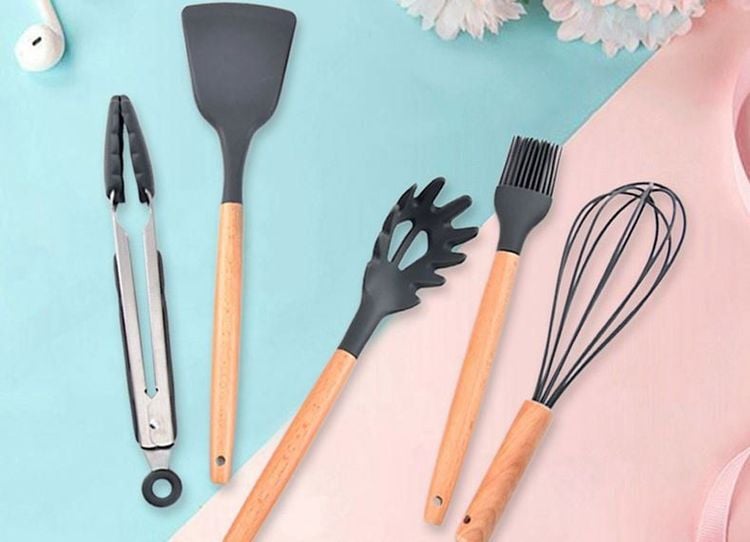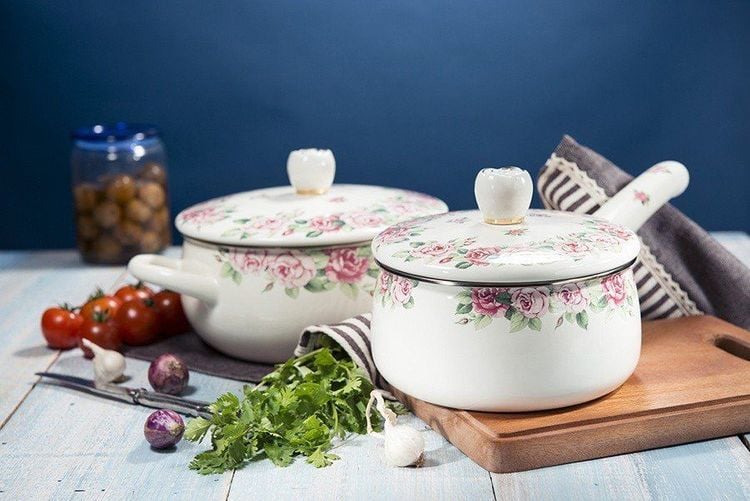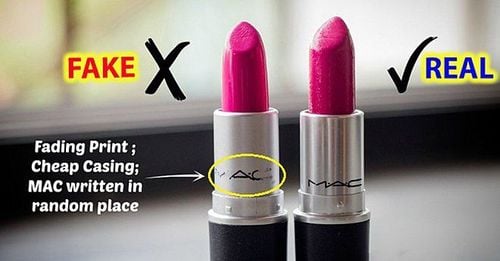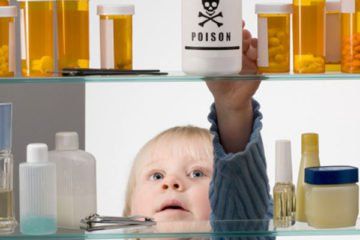This is an automatically translated article.
Most people nowadays are very concerned about the importance of eating healthy. However, not everyone knows that the cookware used to prepare food is just as important as the food itself. Even the healthiest of diets can cause health complications if the cookware is toxic.
1. Non-stick cookware
Teflon is probably the compound most commonly named when talking about poison in cooking utensils. Before concluding about whether or not Teflon cookware is toxic, it is important to understand some of Teflon's non-stick properties:
Teflon cookware's non-stick properties are due to a coating. PTFE (polytetrafluoroethylene), which is a plastic polymer that begins to release toxins when heated above 300 degrees Celsius. These toxic fumes lead to flu-like symptoms commonly known as Teflon flu, they are not It is not only dangerous to humans but also has a great effect on ornamental birds such as parrots. Another chemical compound found in Teflon cookware is PFOA (perfluorooctanoic acid) which has been linked to several types of cancer including breast cancer, prostate cancer, and ovarian cancer. However, the good news is that today the manufacturing process of teflon cookware has eliminated harmful chemicals to the user since 2013. Teflon cookware has become much safer. for the health of the user.
If there are still concerns about non-stick cookware from Teflon, users can choose other non-stick coated cookware (such as granite), but like Teflon, the non-stick coatings. Adhesive is only safe to use when coating is intact. The coating of non-stick cookware is usually very thin and easily scratched. Once chipped, use of that cookware should be stopped immediately.
A safer but still non-stick option is cast iron cookware. This is a safe cooking option and truly stands the test of time.
The cast iron material heats well and very evenly, almost does not leak any toxins in the cookware into the food and is also a natural way to increase the body's iron levels. If the amount of iron in the user's body is maintaining stable, you should choose enameled cast iron cookware, which is both safe and convenient.

Các dụng cụ nấu ăn chống dính được sử dụng rộng rãi hiện nay
2. Aluminum cookware
Aluminum is very popular because it is very strong, lightweight, flexible and recyclable. However, aluminum cookware is not without its potential dangers. From a medical point of view, aluminum is a neurotoxic metal, and elevated levels of aluminum are most likely associated with a number of central nervous system diseases, including Alzheimer's disease and amyotrophic lateral sclerosis. - ALS (evidence base is not really clear).
Although aluminum cookware is often coated, this coating is prone to chipping, releasing toxic metals into food.
Instead, glass cookware is another safe option to consider. Glass will never release anything toxic when heated, glass is also quite durable, eco-friendly and doesn't easily cling to any old taste or smell of food. The only downside to glass is that it's non-stick and breaks very easily.
3. Copper cookware
We often see bronze furniture in stores and notice the beauty of this metal. In addition, copper is also very famous for its electrical conductivity, the ability to allow for even and rapid heating. However, can copper really be dangerous when used to make cookware?
Like some other heavy metals, copper metal plays a very important role for human health but in very small amounts. An excess amount of copper in the body can lead to heavy metal poisoning. When copper cookware is not enamelled, it can lead to the release of copper when cooking acidic foods.
A safer alternative is stainless steel cookware. This is a great choice because stainless steel is relatively light, scratch-resistant, and relatively non-stick. However, make sure that the stainless steel cookware you choose does not contain any nickel or chromium.
4. Enamel cookware
Ceramic coated cookware looks nice and seems like a safe choice as 100% ceramic is safe for cooking purposes. However, a ceramic coating often helps "hide bad materials" underneath the glaze.
Ceramic coatings are usually not durable and begin to chip after a long period of daily use. When that happens, lead and cadmium are sometimes found underneath the chipping coating that can get into the food.

Các dụng cụ nấu ăn được tráng men là sự lựa chọn khá an toàn
Instead, users should choose 100% ceramic cookware, which is one of the best and safest options for health because ceramic is made of all-natural, non-toxic materials and will not corrode or peel. Ceramics are generally less sticky and can be washed in the dishwasher.
Cooking utensils can be harmful if consumers do not choose good products. Based on the information about the advantages and disadvantages of the above cooking tools, consider choosing the right products to protect your health.
Please dial HOTLINE for more information or register for an appointment HERE. Download MyVinmec app to make appointments faster and to manage your bookings easily.
Reference source: brightside.me












